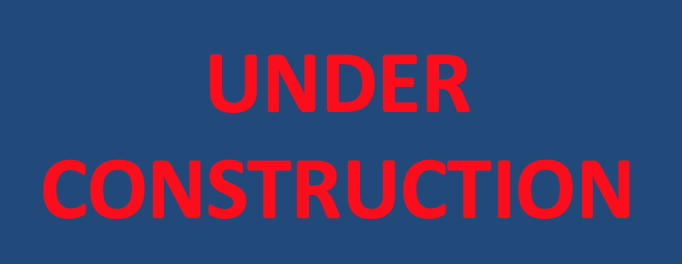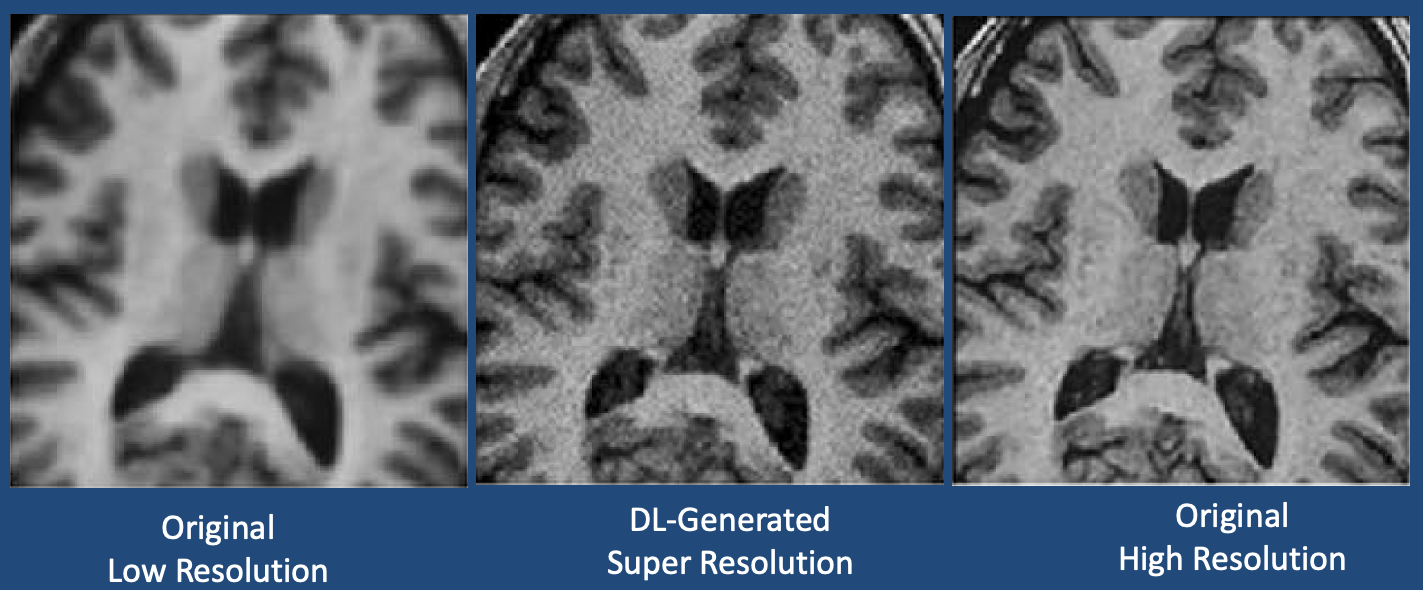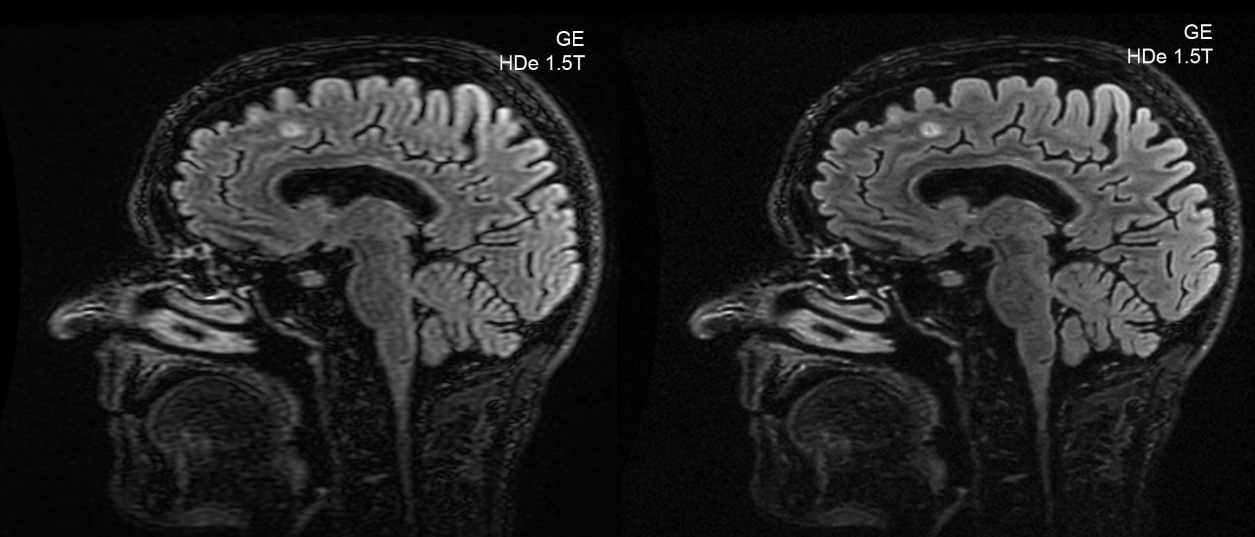Non-AI Methods
Techniques for producing high-resolution images from lower-resolution ones were developed over 40 years ago for photography and video recording. By the end of the 1990's, one of these methods, known as zero interpolation filling (the subject of its own Q&A) was offered as product by major MR vendors that proved especially useful for MR angiography. The underlying idea was adding zeros at the edges of the k-space matrix before inverse Fourier Transformation could improve the apparent spatial resolution of the image due to reduced partial volume artifacts. Zero filling thus acts as a method to interpolate the signals from neighboring voxels, giving the image a smoother and less "pixel-ly" appearance. Other interpolation methods on such as cubic splines are commonly used.
For moving subjects additional super-resolution methods are available, some of which have been derived from video recording. Voxel shift methods have proved particularly well suited for this task. In cardiac imaging, for example, nearly the same images of the heart are available in successive cine images, allowing sharing and interpolation of data among nearby views.
Deep Learning Methods
In more recent times, deep learning methods have been successfully applied to generate super-resolution images.
Advanced Discussion (show/hide)»
No supplementary material yet. Check back soon!
References
Chaudhari AS, Fang Z, Kogan F, et al. Super-resolution musculoskeletal MRI using deep learning. Magn Reson Med 2018; 80:2139-2154 [DOI LINK]
Du YP, Parker DL, Davis WL, Cao G. Reduction of partial volume artifacts with zero-filled interpolation in three dimensional MR angiography. J Magn Reson Imaging 1994; 4:733-741
Greenspan H, Oz G, Kiryati N, Peled S. MRI inter-slice reconstruction using super-resolution. Magn Reson Imaging 2002; 20:437-446.
Li Y, Sixou B, Perrin F. A review of deep learning methods for medical images super resolution problems. IRBM; 2020.
Song L, Wang Q, Liu T, et al. Deep robust residual network for super-resolution of 2D fetal brain MRI. Sci Rep 2022; 12:406. [DOI LINK]
van Reeth E, Tham IWK, Tan CH, Pot CL. Super-resolution in magnetic resonance imaging: a review. Concepts Magn Reson Imaging Part A 2012; 40A:306-325. [DOI LINK]
Chaudhari AS, Fang Z, Kogan F, et al. Super-resolution musculoskeletal MRI using deep learning. Magn Reson Med 2018; 80:2139-2154 [DOI LINK]
Du YP, Parker DL, Davis WL, Cao G. Reduction of partial volume artifacts with zero-filled interpolation in three dimensional MR angiography. J Magn Reson Imaging 1994; 4:733-741
Greenspan H, Oz G, Kiryati N, Peled S. MRI inter-slice reconstruction using super-resolution. Magn Reson Imaging 2002; 20:437-446.
Li Y, Sixou B, Perrin F. A review of deep learning methods for medical images super resolution problems. IRBM; 2020.
Song L, Wang Q, Liu T, et al. Deep robust residual network for super-resolution of 2D fetal brain MRI. Sci Rep 2022; 12:406. [DOI LINK]
van Reeth E, Tham IWK, Tan CH, Pot CL. Super-resolution in magnetic resonance imaging: a review. Concepts Magn Reson Imaging Part A 2012; 40A:306-325. [DOI LINK]
Related Questions
A option called ZIP is available for some sequences. Is this a type of file compression?
A option called ZIP is available for some sequences. Is this a type of file compression?



